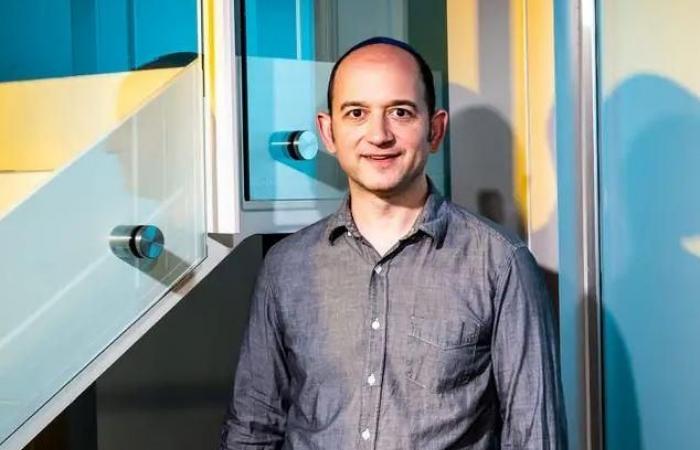
Gulf: Follow-ups
In a controversial deal within Silicon Valley, Google paid $2.7 billion to rehire one of its former engineers and “artificial intelligence” genius Noam Shazier, who had left the giant company in 2021 to launch his own company, after it refused to launch the automated chat program he developed.
While Naoum’s startup company, Character.AI, achieved remarkable success, it began to decline in recent times, which prompted Google to pounce on it, provided that its owner agrees to return to work for Google again, after paying the astronomical amount, which raised questions about American companies’ exaggerations in… Massive spending on artificial intelligence, according to the Wall Street Journal.
Sources familiar with the deal indicate that Google wrote a check worth approximately $2.7 billion to obtain a license for Shazier’s technology, as well as his agreement to return to work for the company.
Within Google, Shazier’s return is widely seen as the main reason the company agreed to pay the hefty licensing fee.
“Noam is clearly a great person in this field,” said Christopher Manning, director of the Artificial Intelligence Laboratory at Stanford University. “Is he 20 times as good as his peers?”
The deal is a notable development after Shazier publicly said that Google has become risk averse in developing artificial intelligence.
The 48-year-old engineer is now one of three people leading Google’s efforts to build the next version of its most powerful AI technology, Gemini.
Shazier made hundreds of millions of dollars from his stake in the “personal” company as part of the deal, according to what an insider said. While the return is unusually large for the founder who did not sell his company or go public.
Frustration and repercussions
Shazier joined Google in 2000 as one of its first few hundred employees. His first major project was building a system to improve the search engine’s spell-correction function. Shortly after taking office, he asked then-CEO Eric Schmidt for access to thousands of computer chips. While Schmidt later said: Shazier has what it takes to build artificial intelligence with human-level intelligence. “If there’s anyone I can think of in the world who would probably do that, it would be Shazier,” he added.
In 2017, Shazier published a paper with seven other Google researchers titled “Attention is All You Need,” detailing a computer system that can reliably predict the next word in a sequence when requested by humans. It became the basis for the generative AI technology that followed.
Shazier teamed up with his colleague at Google, Daniel de Freitas, to build a chatbot, originally named Mina, that can confidently joke about a range of topics. In a widely circulated memo titled “MENA is eating the world,” Shazier predicted that it could replace Google’s search engine and generate trillions of dollars in revenue.
Google executives refused to release the chatbot to the public, citing concerns about safety and fairness. Shazier had no choice but to resign with his colleague De Freitas in 2021 to launch his own company.
Elon Musk chatbot
One year later, OpenAI unveiled ChatGPT, demonstrating the massive public interest in AI-powered chatbots. The following March, his company raised $150 million in an investment round.
Shazier and his team hope people will pay to interact with chatbots that can offer practical advice or imitate celebrities like Elon Musk and fictional characters like Percy Jackson.





